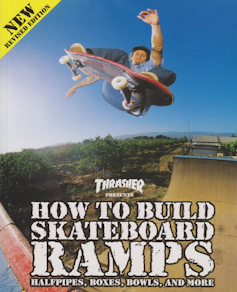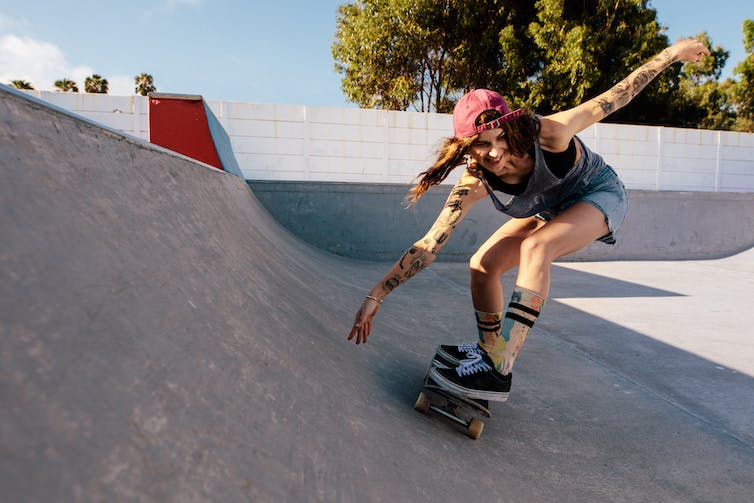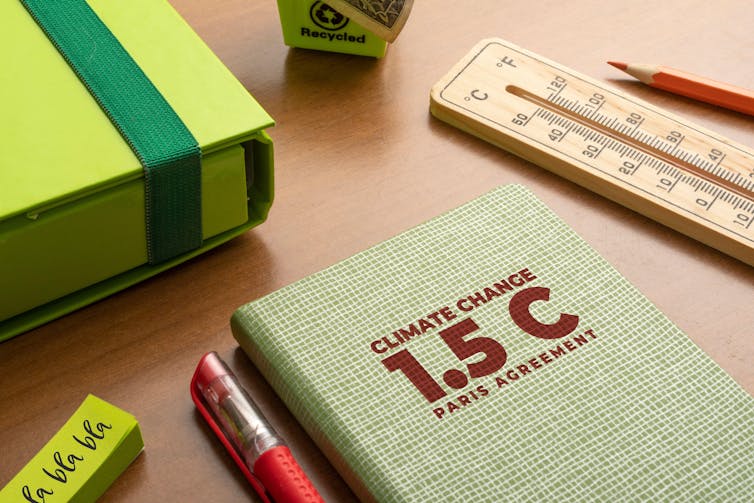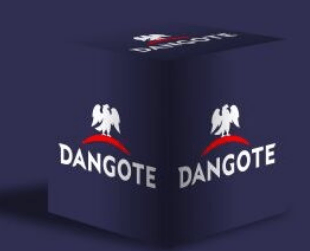Skateboards are not complicated design objects. They consist of little more than a simple deck, usually made of wood, which forms the riding surface. The board is completed by a pair of trucks (pivoted metal turning devices) and four polyurethane wheels.
With a few rare exceptions, none of this involves particularly advanced design, fabrication, materials, technology or aesthetics. So why has the Design Museum – London’s prestigious venue for the celebration of contemporary design – decided to mount Skateboard, a substantial exhibition devoted to this simple creation?
Skateboarding first emerged in the late 1950s in the US, particularly in California and Florida’s beachside cities. The early pioneers were surfers who used devised skateboards from roller-skates to emulate surfing on asphalt roads and pavements. In the 1970s, their successors enjoyed the benefits of polyurethane wheels and wider boards to explore drained swimming pools, reservoirs, ditches and even new purpose-built skateparks.
By the late 1970s skateboarding was a global phenomenon that represented gritty urban cool, and continued this way into the wooden half-pipe terrains of the 1980s and the urban street settings of the 1990s onwards. With its burgeoning popularity, a distinctive subculture emerged involving fashion, street art, music and rebellious attitudes.
Since the 2010s, skateboarding has morphed again, enjoying Olympic participation in the Tokyo 2020/21 games, extending its reach to more diverse riders in terms of gender, age, ethnicity, sexuality and disability. Japan, Brazil, UK and China have joined the US as big skateboarding countries, establishing it as an intrinsic part of urban life worldwide.
Evolution and revolution
The very simplicity of the skateboard belies a more subtle development over the last 60 years than might first be appreciated, so the Design Museum’s chronological presentation of boards, from the late 1950s to the present day makes good sense. And it’s fascinating, too. The earliest homemade devices are astonishingly makeshift, including an example made by nailing a pair of roller skate wheels and trucks to a piece of wood.
The development of skateboards began with the short surfboard-inspired creations of the 1960s. The first “kicktails” (decks with an angled rear to improve leverage) and polyurethane wheels came along in the early 1970s. The late 1970s saw wider boards and trucks and later advances in the 1980s included double-kick decks with angled nose and rear, and smaller wheels and straight-sided boards in the 1990s.
Along the way, creative graphic designs revealing symbols, logos, cartoon figures, abstract patterns and graffiti were added to underside of decks. For older skate aficionados this is a kind of heaven – an opportunity to reminisce, linger and focus on nostalgic details.
Jacob Lund / Shutterstock
For non-skateboarders, it is equally compelling, revealing the rapid change of skateboard styling and the cool culture that came with it. But it is also a chance to appreciate some of the nuanced design changes. Fibreglass, metal, plastic and wooden decks, the size and geometry of trucks, improved bearings for smoother turns, the introduction of grip-tape to add friction to the top of the deck, and the development of concave riding surfaces are all part of the story.
Some of the objects are well known, such as the Roller Derby from the 1960s (the first mass-produced skateboard), and the Vision “Mark Gonzales” model from the 1980s, which was made in the hundreds of thousands. Others are much rarer, including a 1960s Bilbo – the first ever commercial UK board – and an experimental Jason Knight/Project RPSD deck made from recycled plastic.
And while the exhibition is by no means comprehensive, the overall effect is to show how the skateboarding industry has been vibrant and innovative over the years, constantly evolving its products. For example, we see wheels move from the small “clay” compositions of the 1960s, to the larger 60-65mm diameter polyurethane examples of the 1970s, specifically designed for smooth skateparks. But then they went back again to much smaller wheels in the 1990s, which helped with street-based tricks and manoeuvres.
A bigger story
Just as football is more than the ball, skateboarding extends far beyond the skateboard itself. Curators Jonathan Olivares, himself a skateboarder, and Tory Turk have also carefully interspersed displays with numerous magazines, photographs, books, safety gear, cameras, records, video games and other paraphernalia associated with the culture (including a few magazines and pamphlets from my own collection).
This is not just a fetishist display for skate nerds but rather an exploration of objects which connect to much wider social and cultural phenomena. Many of the boards on display, for example, are scarred with the scrapes and bashes of heavy usage and a few are close to destruction, clearly indicating their active life outside of the museum.
The inclusion of things like Aga Wood’s “Right to the City/Ride in the City” board and her social enterprise Everyone on Boards, alongside women’s skateboard magazines and photographs of older skaters and trans skaters, signals how skateboarding has dramatically extended its political relevance, particularly in the last decade.
These exhibits indicate how skateboarding critiques urban space (including skaters’ right to access to it) and helps build social inclusion. Many of these items, such as the Thrasher ramp-building guide show how the skate scene is infused with a punkish DIY approach to creativity.

Thrasher
There is even a skateable ramp, designed by Olivares with Betongpark, bringing real skateboarding into the museum, and animating it with a sense of informality and fun. Another key component is a film by Olivares with skateboarding chroniclers Six Stair, providing an excellent history of the phenomenon.
As an exhibition Skateboard is not unique – this summer’s London Calling and 2021’s No Comply similarly celebrated the culture of skateboarding. But the Design Museum’s offering is much larger and more ambitious in focus, providing a nuanced look at the complexity of skateboarding and its history, design and objects. Skateboards may be simple, but skateboarding is not.

Looking for something good? Cut through the noise with a carefully curated selection of the latest releases, live events and exhibitions, straight to your inbox every fortnight, on Fridays. Sign up here.




